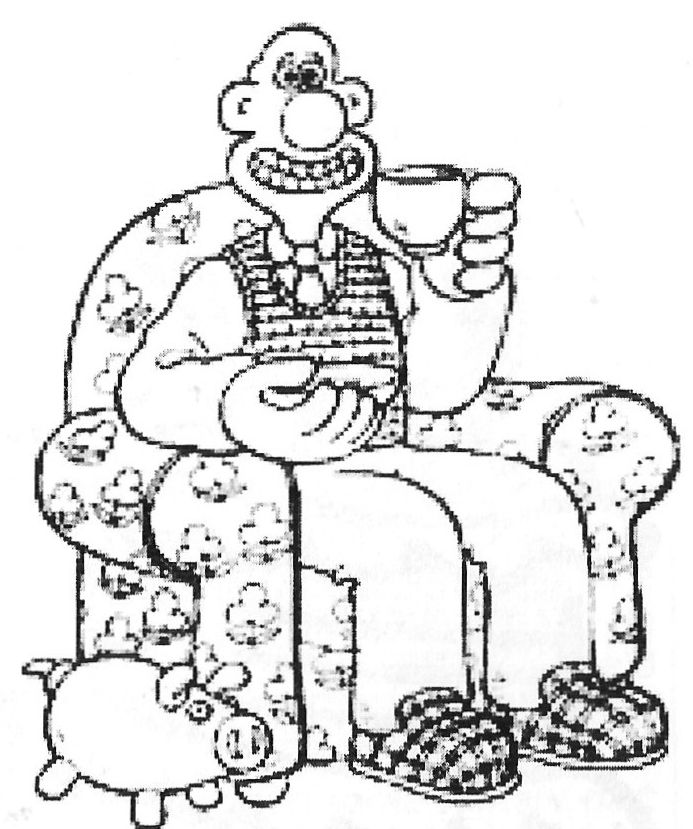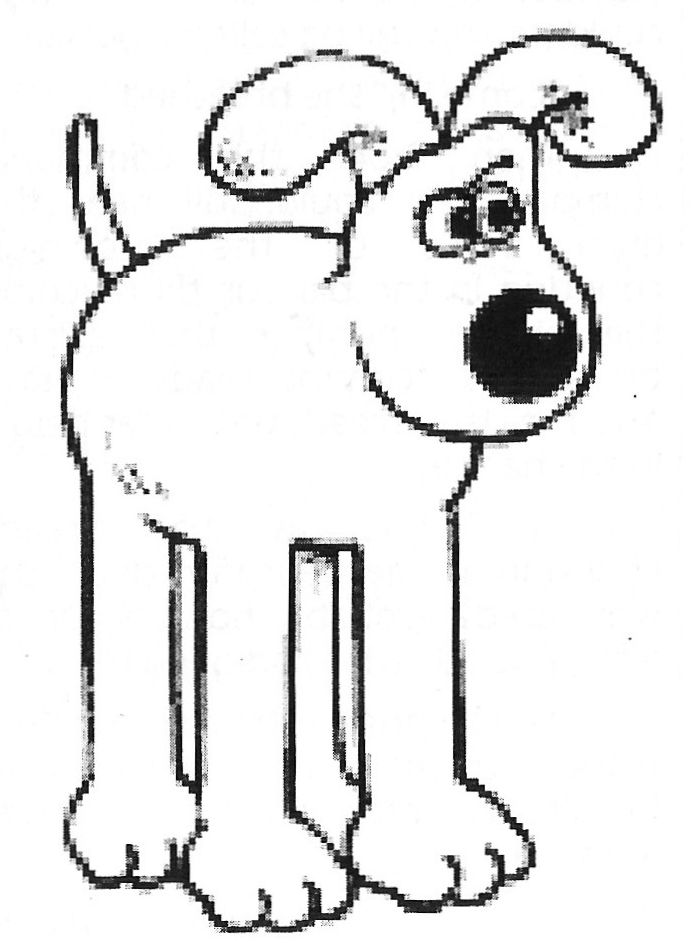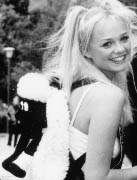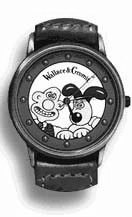Against Aardman

“Aw, c’mon, how can anyone not love Wallace and Gromit?”, I hear you cry. But here’s a simple test to show the iniquitous effect they and their creator have had on British animation: how many other animators can you name? Very few, I imagine — because Aardman’s (carefully hyped) success means that the media now won’t look beyond cuddly animals, lovable old men, and roguish penguins as far as animation goes. British animation is rapidly being driven into a PG-rated ghetto, just as our cinema was in the late 80’s. Only this time, the ghetto is made of Play-do.
There’s no question Park is hugely talented, and the work-ethic in Aardman’s output is easily apparent; but this just makes his apparent subservience to the god of light entertainment all the more aggravating. It’s the repetition that gets to me. Animation is a limitless medium, where imagination is your only restraint; looking at Park’s work, though, you wouldn’t think so. The first piece of his I saw was jaw-dropping stuff. When the second one turned up and was the same again, I was less impressed. Then number three, pitched at exactly the same “gently amusing” level. And the fourth. Zzzzzzz…

It’s like Tarantino’s relentless usage of gangster motifs (is this the first time these two have been compared?). I find Park’s work quickly goes stale, and rate more highly animators like Jan Svankmaer who’ve shown their talents in a wide range of genres. And how many Oscars has Svankmajer won? None. Note, however, that Park has some way to go to match the success of Tom and Jerry: 13 nominations, resulting in seven Academy Awards. And despite the inherent limitations of the “cat chases mouse” scenario, you’ll find far more breadth in half a dozen random selected cartoons of theirs than all of Wallace and Gromit’s adventures put together.
Both Tarantino and Park (is this the second time these two have been compared?) have also spawned legions of wannabees, devoid of whatever technical skill their role-models possess. Post-Park, it seems every animator in Britain rushed down to their local Toys R Us and stocked up on half a dozen packs of plasticine.

In the dash for commissions, more traditional skills seem to have been thrown to one side, whether or not they’d be more appropriate for the story in hand. The results so far have been at best mediocre, and at worst pathetic — witness the dire Gogs which BBC2 inflicted upon the public last Christmas.
All populist animation must inevitably also invoke comparison with Disney. While Park’s films are at least free of piss-poor songs and overt moral preaching, he and they have the same problem with characterisation — as mentioned in a previous TC, Disney villains are a hell of a lot more memorable than the heroes. It says something about A Grand Day Out that a vending machine comes across as having more personality than Wallace.

Disney and Aardman share another major activity in common: merchandising. T-shirts, books, videos, CD-Roms, cuddly toys, mugs, the range is apparently endless; behind the meek, rather nerdish persona of Nick Park is clearly a razor-sharp business mind. Flogging twenty-five minutes of animation in HMV for £12.99 isn’t bad going, especially given the vast quantities being shifted. Who needs value for money? And why bother rocking the (very comfortable) boat by making challenging animation? With Park now making a feature, Chicken Run, for Steven Spielberg’s Dreamworks, the opportunity for tie-ins increase exponentially (Gromit Happy Meal, anyone?). But from the artistic point of view, development is required; surely no 90’s audience will sit through ninety minutes of animated Ealing comedy?
I don’t blame Park for any of this. He’s acquired popular, international renown denied all save a very few animators in the West – Disney, Chuck Jones, Hanna & Barbera – and is entitled to enjoy his fifteen minutes of fame, probably as measured on the Wallace and Gromit (TM) watch pictured. I can’t help feeling, however, that in the broader scheme of things, his stretching of said fifteen minutes to five years is not a unanimously good thing. Next, please…?